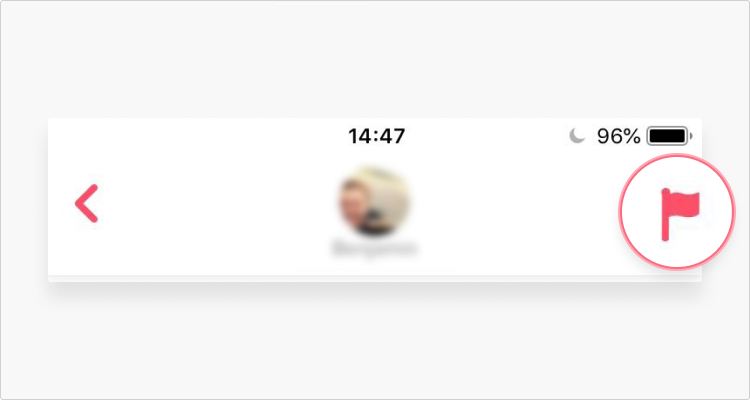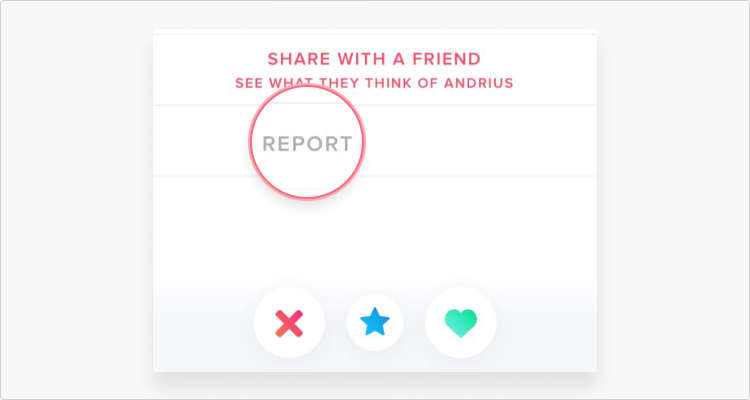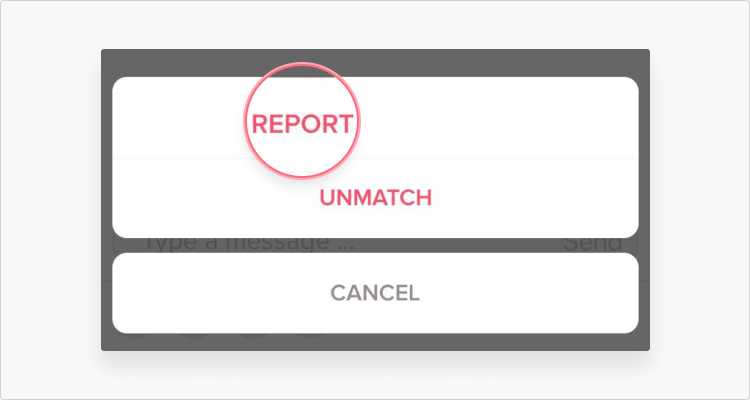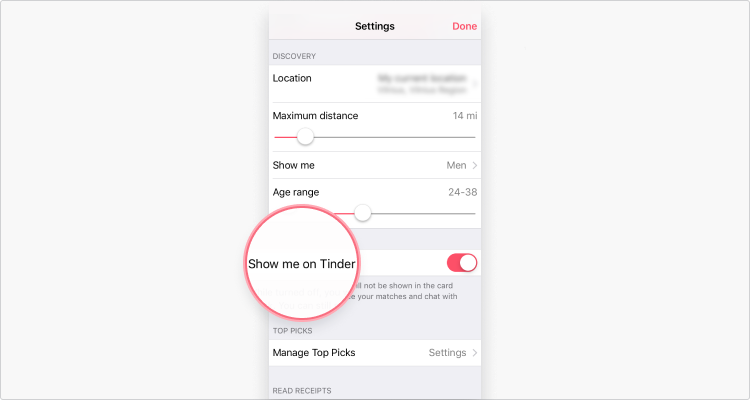How to identify and report Tinder bots
Tinder makes dating smoother and more straightforward – or it should. Scammers can spoil any user’s experience, and Tinder bots are one of the main ways they do so. Here’s how to stay safe.
Contents
Bots comprise more than half of the web traffic. Not all of them are malicious, but scammers can use them to extract information or infect you with malware. Planting bots on Tinder lets scammers reach a large number of potential victims in a relatively short time.
Fake Tinder profiles vs. Tinder bots
Tinder bots are not the same as fake Tinder profiles. A bot is an account run by a computer program, while fake accounts have real people hiding behind fake identities for various reasons. Even though fake profiles might remind you of bots at first sight, it takes much longer to identify them in conversation. Some of them might even have stolen identities to back-up their agenda.
However, here are a few signs of fake tinder profiles:
- Avoiding live contact. If you’ve been chatting for a very long time and your match is avoiding any calls or meet-ups, they might not be who they seem;
- Asking for money and claiming that they’re in trouble;
- Asking too many personal questions;
- Inviting you to click on a link to play a game or check a photo. It will most likely be a malware infection or an advertising page;
- Immediately asking for a long-term relationship or some form of commitment to gain trust while avoiding meet-ups, calls or providing a social media profile;
- You can find their photos online and they turn out to be stock images or famous people.
Even though some fake profiles are relatively harmless, others can facilitate serious crimes such as blackmail or robbery. They might also cause you emotional damage, especially if you only discover the scam after establishing an emotional connection. Be aware of the signs described above and never give out your info or agree to meet-up in a remote location.
How to tell if you’re talking to a Tinder bot
Even though bots are widespread and gradually getting more advanced, they aren’t too difficult to identify on Tinder. Tinder scammers rarely have the resources to make them very sophisticated. Although you might get hooked at the first impression, further conversation will most likely show you are not talking to a real person.
Here are a few ways to identify a typical bot while swiping:
- A profile not linked to an Instagram or Facebook account. If you see that a person’s profile is not linked to external social networks, that might be a red flag. Establishing a reliable-looking social media context around a fake profile is quite a difficult task, so scammers usually don’t bother;
- A profile linked to a social media account that looks fake. It’s always worth doing a quick social media search in case you have any doubts. If you notice that all the images and interests are too common and the profile lacks a personal touch, it might not be authentic;
- The bio looks fishy. If the bio includes lots of grammar mistakes, invitations to suspicious links, or personals details that do not make sense, you might have encountered a bot. If a simple search reveals that details from the bio are false or don’t make sense, that’s also a serious warning;
- The photos look too good to be true. If you notice that a person’s profile consists of professional studio images, the scammer may have lifted them from some other account. Some people like to put extra effort into their Tinder accounts, but professional or perfect photos should prompt you to take another look before you continue.
If you already matched with someone, here are the red flags you should look out for when chatting to avoid a Tinder scam:
- Immediate response. If you get the first message unusually quickly after matching with someone, it might be a bot. Bots can reply within milliseconds, which is quite difficult for a real person;
- The conversation feels unnatural. A simple Tinder bot usually uses a string of messages to reply. They might answer some of your questions in a very basic way. However, they cannot maintain a natural conversational flow. Their replies might be completely unrelated to your message or they might immediately send you straightforward and provocative messages. Try asking something unexpected like “What color is the sky” or type a few random letters and see whether the responses make sense;
- Conversations turn into a request to click on a link to continue chatting outside of Tinder, verify your profile, or check some photos. Never click on those links. They might snatch your data, enroll you in an expensive porn subscription, infect you with malware, provide annoying ads, etc. The bot will most likely stop chatting with you if you refuse;
- Requests for personal details. If a person requests details such as your name, address, or credit card info, it is a sign that something is not right. Definitely don’t provide any sensitive data.
What to do if you encounter a bot
If you have strong suspicions that you’ve encountered a bot, Tinder has tools to report it:
1. When in chat, click on the red flag in the top right corner;

2. Tap “Report”;

3. Select the reason for reporting and click “Submit.”
Report a bot or fake account before unmatching it as you won’t be able to report it after it disappears from your chat list. You can also report an account before matching by:
1. Clicking on “I” (info) letter in the bottom right corner of the image;
2. Tapping “Report (username)” below the profile name or bio.

Moreover, you should:
- Not provide any personal info to a person you find suspicious;
- Not agree to meet-up in remote or suspicious places;
- Always double-check photos and social media profiles, and check search engines if you have any doubts;
- Never open any suspicious links;
- If you feel unsafe or threatened, click on your profile icon and then go to Settings. Scroll down to find “Show Me on Tinder” option and turn it off.

What percentage of Tinder users are bots?
Estimates suggest that 1 in 5 online traffic requests are generated by bad bots, designed to harm internet users. While it’s hard to tell what percentage of Tinder profiles are bots, we can assume that it isn’t more than 20%. Online scams are growing every year, however, so that number will almost certainly grow.
Is Tinder safe?
Tinder is a relatively safe platform, but you should always take precautions. According to the Daily Mail, there have been 500 Tinder-related crimes reported during its six years of existence. Always stay alert when communicating with strangers, double-check their details in case of doubt, and instantly back-off if you notice any threatening signs.
In terms of privacy, Tinder is a dating app linked with Facebook, so much of your data will be collected while using it. Thus, do not give away too much personal data, as it will be used for marketing purposes or passed to third-parties. Looking to say goodbye to online dating? Read the tutorial on how to delete Tinder.
To learn more about cybersecurity, subscribe to our monthly blog newsletter below!
Want to read more like this?
Get the latest news and tips from NordVPN.
